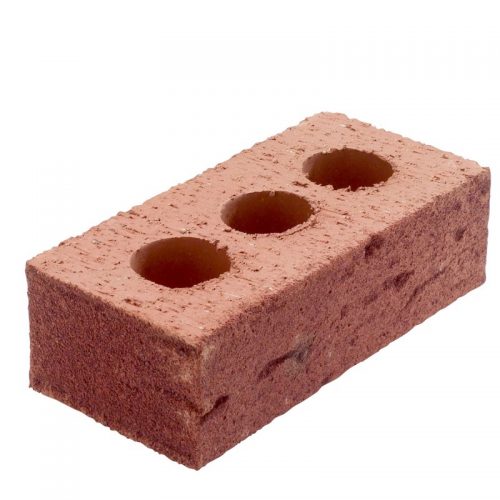
Motorised blinds are often one of the most appreciated third-party products, by clients, to be controlled in a home, as the traditional alternate of having to manually open and close them is cumbersome.
There are a few typical ways of controlling motorised blinds with a Philips Dynalite system, using specific controllers:
- DDRC810DT-GL SPDT Relay controller
- DDMC802 Multipurpose modular controller + DGCM102 Motorised curtain module
- DDNG485 – Configured as a Somfy integration device
DDRC810DT-GL

The Philips Dynalite DDRC810DT-GL is ideal for controlling bi-directional motors, such as curtain and blind motors. The voltage free changeover SPDT output relays are perfect for controlling bi-directional motors.
Whist being an eight channel relay, a single motor will require two channels, and will typically control four single motorised blinds.
Philips have a valuable guide for Blind, curtain and motor control with Dynalite relay controllers, that can be downloaded.
The downloadable installation instructions provide clear instruction for wiring of the relay controller for motorised blinds.
Specification Sheet
Installation Instructions
DDMC802 + DGCM102

The Philips Dynalite DDMC802 provides up to eight configurable output channels, controlled by up to four interchangeable control modules. A selection of control modules is available for a variety of load types. Specifically, the DGCM102 curtain control module provides control of curtains, blinds and other motorised window treatments.
Although the DDMC802 is an eight channel controller, it needs to be populated with specific modules to be functional. It has four slots to be filled, with various modules requiring one or two slots. When used a blind controller, the DGCM102 requires a single slot, so can therefore control up to four blinds.
The downloadable installation instructions provide clear instruction on Page 3 for wiring of the multipurpose controller for motorised blinds.
Specification Sheet
Installation Instructions
DDNG485

The Philips Dynalite DDNG485 is a flexible network communications bridge designed for RS-485 networks. The DDNG485 can route DyNet to third-party systems such as audio-visual, Somfy blind controllers, and building automation systems, providing an integrated approach to total building control and energy management.
The downloadable installation instructions doesn’t specifically provide blind control instructions, but Philips have a DyNet to Somfy gateway User Guide as a valuable resource for integrating Somfy RTS blinds, that can be downloaded from my shared Dropbox link.
If using the DDNG485 for blind integration, I recommend partnering with a reputable blind supplier who can assist with configuring their Somfy RTS controller, that will greatly help with your system.
Specification Sheet
Installation Instructions
Let me know
I’m interested to know how you do motorised blinds, and what blind products and systems you have experience integrating with.
This series of articles focuses on products from the Philips Dynalite networked lighting control portfolio. Many industry professionals regard Philips Dynalite as being the world’s best lighting control system, that I have represented with Lightmoves for many years. SimonLakey

